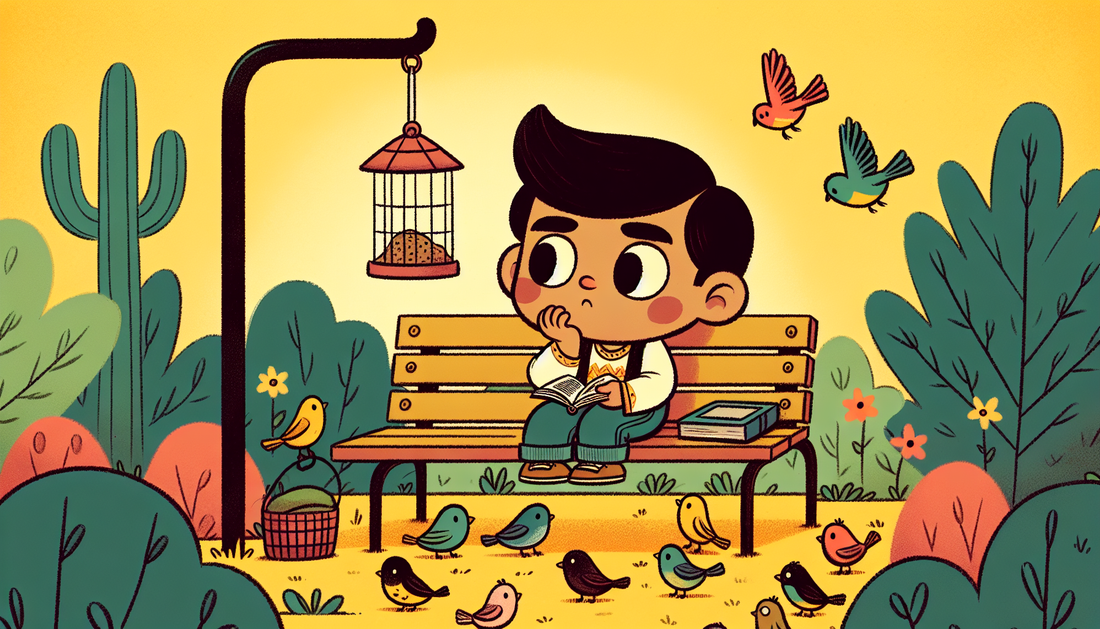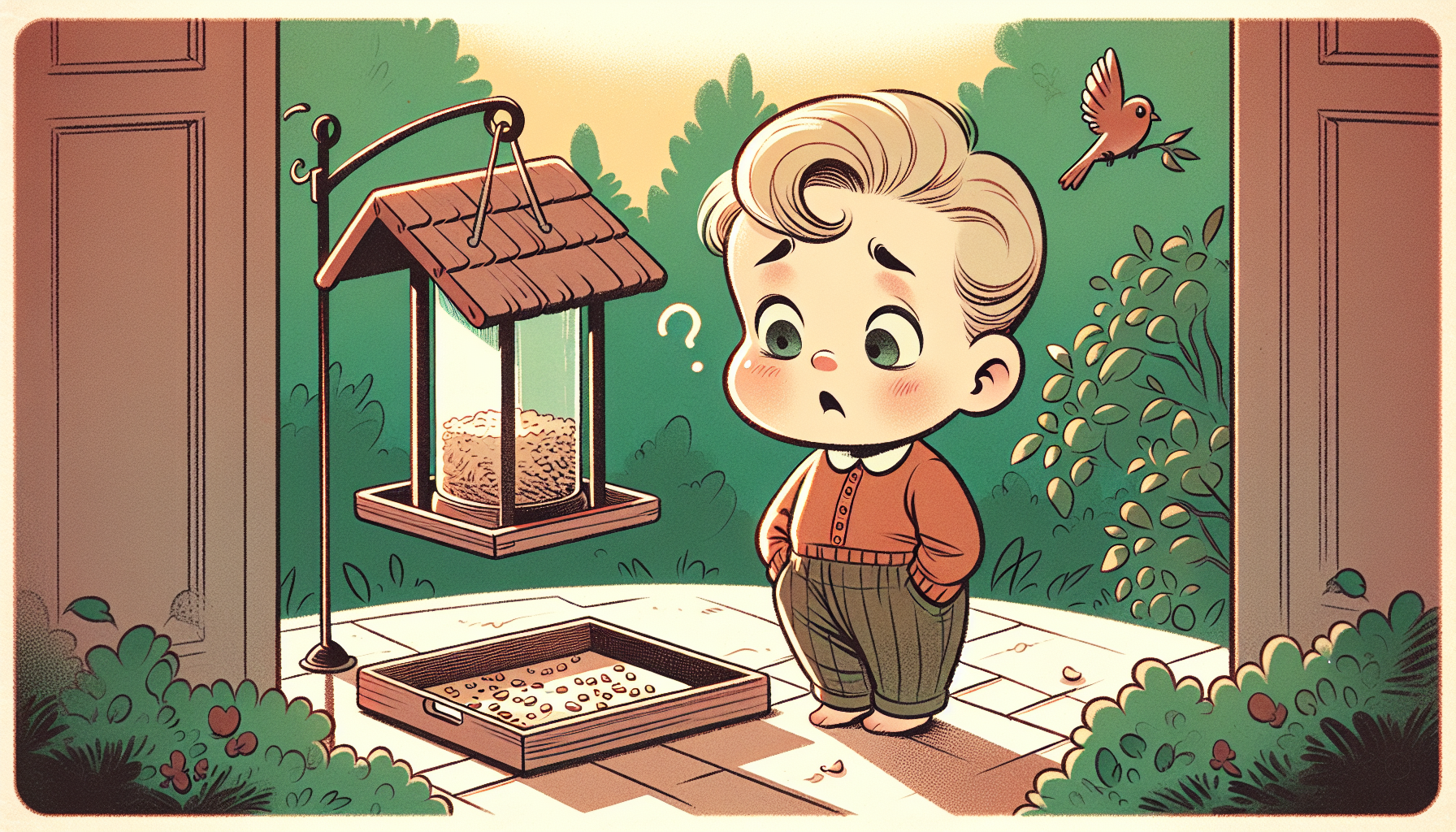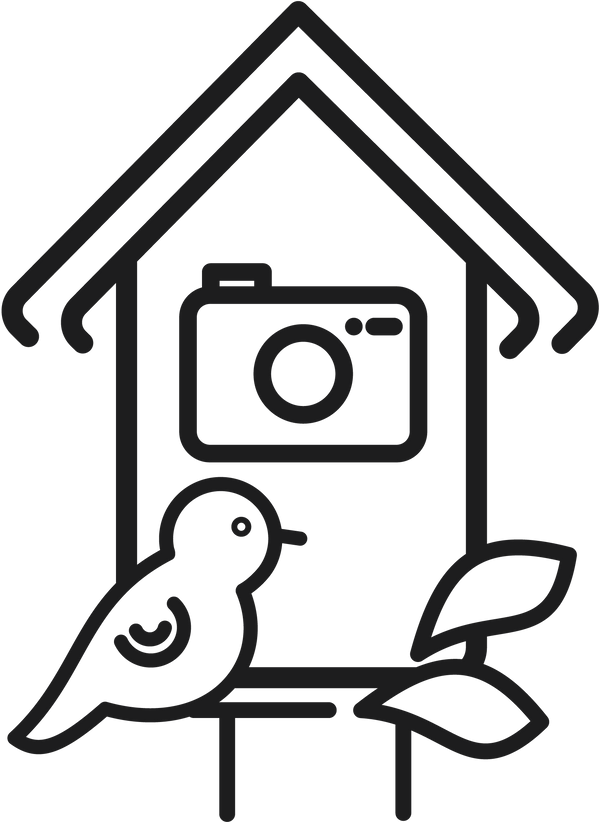
Make your own bird food: Tips for species-appropriate feeding in the garden
Whether in the natural garden, on the balcony or on the windowsill - feeding native birds combines an experience of nature with active species protection. For many nature lovers, the question arises: What is species-appropriate bird food? Does it make sense to feed all year round - or only in winter? And how can you make your own fat balls to keep your feathered guests not only full but also healthy? You will find answers to these questions in this guide. Find out why it makes sense to feed birds, which ingredients are suitable for homemade bird food and how to set up feeding stations in the right location. The article is supplemented by tips on birdwatching with a camera and legal basics. How to turn your own garden into an oasis for titmice, blackbirds & co.
Why is feeding birds in the garden a good idea?

Feeding native wild birds has become a popular and ecologically valuable leisure activity in Germany. Due to the loss of natural habitats, intensive farming and the decline in insects, many bird species are lacking food.
Garden owners can make a valuable contribution with targeted feeding. Especially in urban settlements, typical cultural successors such as tits, sparrows and blackbirds benefit from structured feeding opportunities.
Birds throughout the year: Pay attention to winter and breeding season
During the frosty months from November to February, many birds lack energy-rich food. Classic winter feeding with fat balls and seeds helps them to survive this time.
Food is also scarce during the breeding season from March - especially when parent birds have to travel long distances. According to NABU controlled year-round feeding is possible if suitable feed is used.
Bird protection starts in your own garden
Supporting native bird species not only strengthens local populations, but also raises awareness of biodiversity. Children and senior citizens in particular experience nature up close when birdwatching. It is important: Avoid hard grains during the breeding season and offer alternative feed mixes with oat flakes or berries - these are easier for young birds to digest.
Which ingredients are suitable for fat balls & co.
The choice of suitable ingredients determines the compatibility, energy content and attractiveness of the feeding station. If you make your own bird food, you should be aware of the different preferences of grain and soft food eaters.
Feeding requirements of common garden birds
- Grain eaters such as tits, finches and sparrows prefer sunflower seeds, hemp seeds and crushed peanuts.
- Soft feeders such as blackbirds, robins and wrens like to eat raisins, oat flakes, pieces of apple or dried berries.
Pure beef tallow, coconut oil or vegetable fat (palmin) is recommended as a fat base. Butter, margarine or seasoned kitchen scraps should be avoided - they contain salt or ingredients that are incompatible for birds.
Formats for different bird species
- Tit dumplings are ideal for acrobatic species such as tits or sparrows.
- Litter feed is suitable for ground-pecking species such as blackbirds - lay out in portions in shallow bowls.
- Feeding rings or discs can be hung on window frames or railings to save space.
For a firm consistency, a mixing ratio of around 40 % fat to 60 % dry ingredients is recommended. It is important that seeds are dry and free from mold - otherwise there is a health risk for the animals.
How to make tit dumplings successfully
Making your own fat balls is easy - and a sustainable alternative to store-bought products. Ideal for families, school classes or pensioners who enjoy nature projects.
Simple recipe for DIY bird food
- Slowly melt 250 g vegetable fat (e.g. coconut oil) or beef tallow in a pan.
- Mix in 300-350 g feed mixture (seeds, kernels, oat flakes).
- Stir well until all ingredients are covered with fat.
- Allow to cool slightly, then shape into balls by hand or using small moulds.
- Press cotton thread or sticks into the mixture for hanging.
- Leave the dumplings to harden in the fridge - done!
Sustainable design without plastic
Avoid using plastic nets: These pose a risk of injury. Better: use strings made from natural fibers or containers such as coconut shells or muffin tins. Empty clay pots are also ideal - they are robust, reusable and weatherproof.
In just a few simple steps, you can create a species-appropriate food supply - without any packaging waste or unnecessary additives.
Place and maintain the feeding station correctly
A well-chosen location for the feeding station is crucial for visitors, safety and hygiene. The aim is to make feeding effective and animal-friendly - regardless of the location or season.
Which location is best?
- The feeding station should be elevated (from 1.5 m) - this protects against cats or martens.
- A nearby hedge or bush offers a place to retreat to in case of danger.
- Set up the feeder protected from the weather - rain and snow quickly make food inedible.
- A place with a view of the window is ideal - for relaxed observation from inside.
Hanging dispensers or bowls with a rim are useful on the balcony. Make sure that no leftovers end up on the neighbor's balcony.
Regular cleaning prevents diseases
Feeders should be cleaned with hot water at least once a week. Remove droppings, shells and spoiled remains daily - especially in summer when it is humid. The same applies to drinking areas: fresh water daily, rinse the bowl regularly.
If there are visible symptoms of illness, such as apathetic birds, stop feeding temporarily to avoid infection.
Technique for bird watching in the garden
With modern technology, birds can not only be fed, but also systematically observed. WLAN cameras or wildlife cameras provide fascinating insights - whether at the nest box or at the bird feeder.
Power supply and legal requirements
Depending on the location, use solar panels, power banks or weatherproof power cables. The cameras should only film your own property - other areas or neighboring properties must not be recorded.
Control and access is usually via an app - suitable for senior citizens, user-friendly and an exciting hobby for those interested in technology.
FAQ: Frequently asked questions about bird feeding
When is the best time to feed?
In winter, birds need regular high-energy food (e.g. tit dumplings). Oat flakes or dried berries are more suitable during the breeding season from March onwards. Feeding is possible all year round - with adapted food.
What mistakes should I avoid?
Do not give bread or leftovers. Do not use plastic nets. Clean feeding places regularly. Make sure you use safe material without salt, sugar or preservatives.
Which bird species benefit in particular?
Cultural followers such as tits, sparrows, robins, finches and blackbirds are usually the first to take up the offer. You can attract other species with a variety of food and locations.
Can I feed on the balcony in the city?
Yes, as long as your house rules allow it. However, please ensure cleanliness, hygiene and that you do not disturb your neighbors with food scraps or noise.
Can I also feed birds in summer?
Yes, you can support adult birds during the breeding season with dry, protein-rich food (e.g. insect meal, dried berries). Important: clean regularly and avoid leftover food.
Whether in snow flurries or under the spring sun - with just a few tools and the right knowledge, your garden can become a bird oasis. Simply make your own tit dumplings, place feeders sensibly and document them on camera: Get started now and promote biodiversity!
